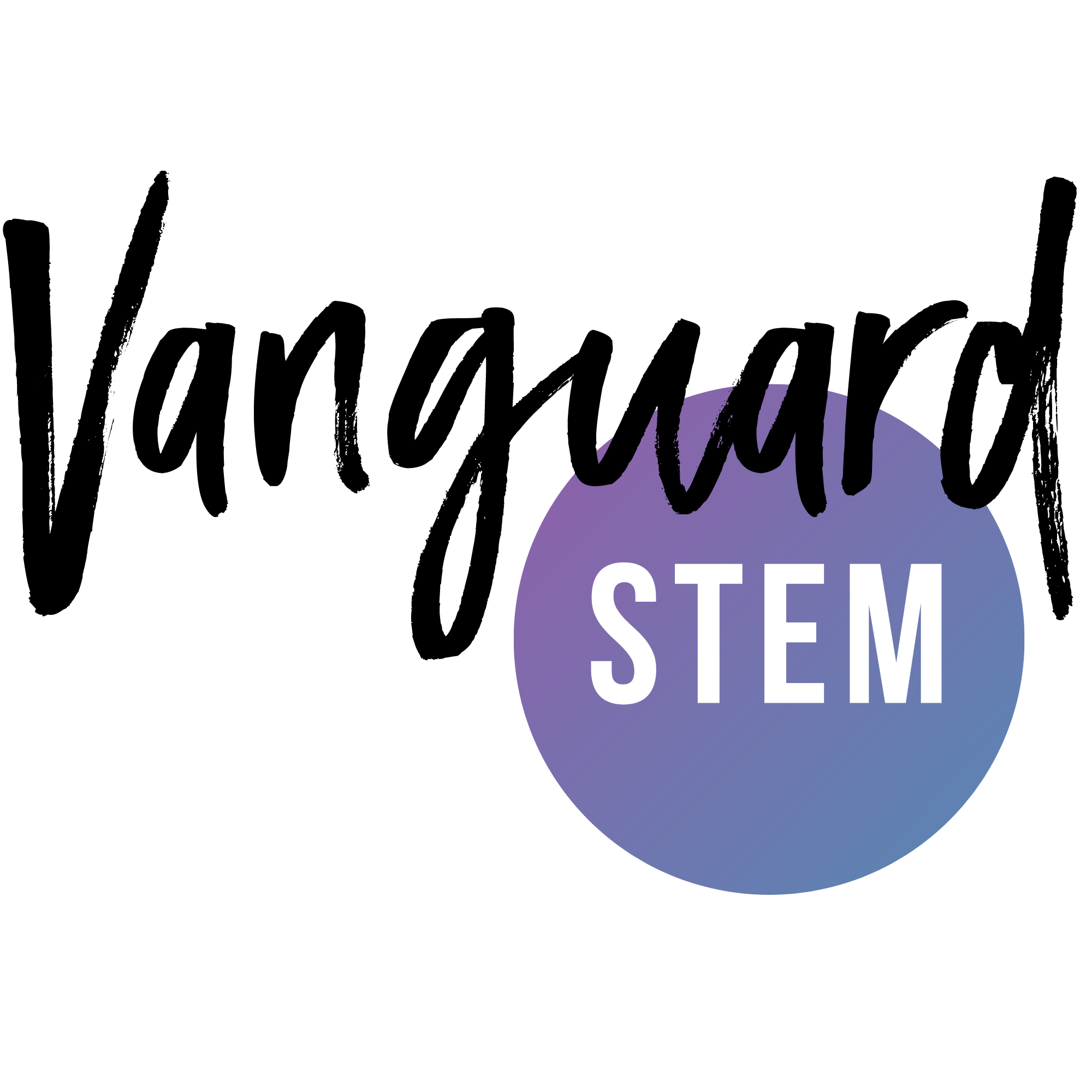For Sharron, living life to the fullest means embracing her heritage, keeping an open mind and encouraging others to realize their potential.
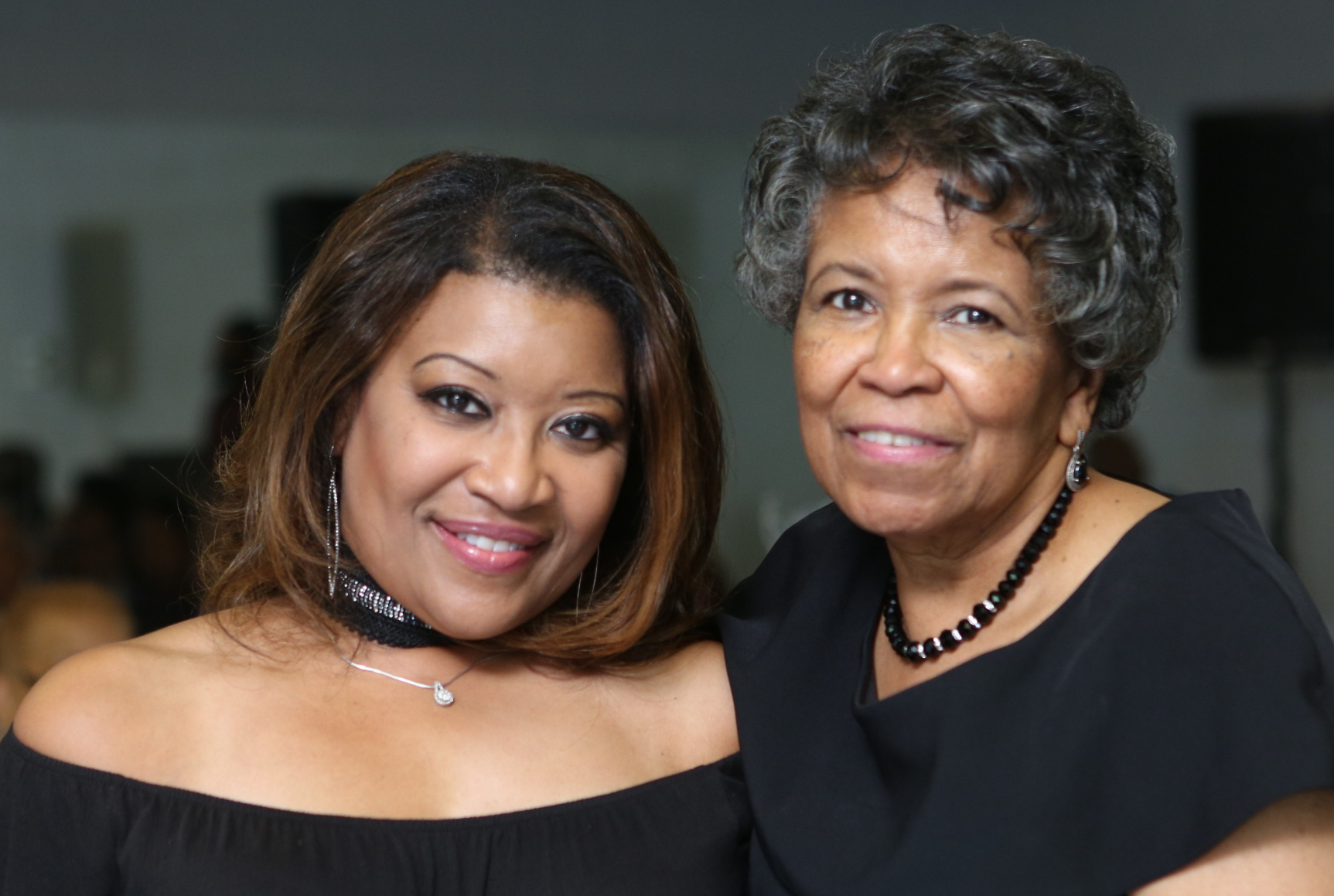
Responses may be edited for brevity and clarity.
In case you missed it, #VanguardSTEM is observing Black History Month with our new #FutureFridays series where we celebrate Black women across a variety of non-STEM disciplines who are committed to improving the STEM ecosystem. This week we spoke with Sharron Graves, an administrator at the University of Maryland, School of Medicine working closely with the Meyerhoff Graduate Fellows Program — an initiative that has graduated over 140 doctoral students from underrepresented communities.
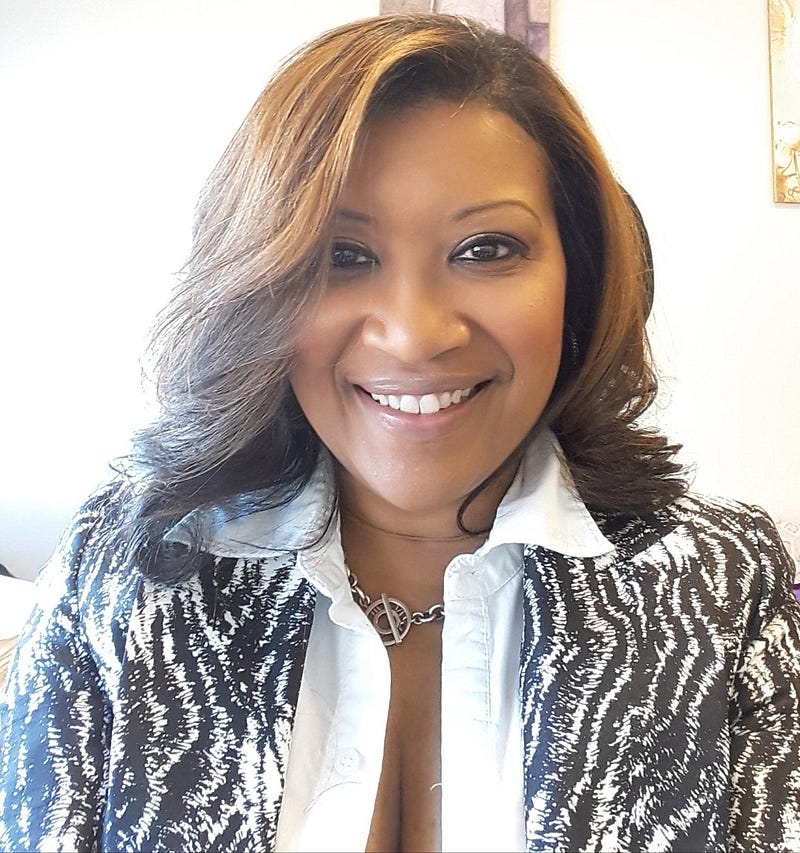
Where did you go to school?
- D.B.A. Business Administration (in progress), University of Maryland Global Campus, Adelphi, MD
- M.S. Management, University of Maryland Global Campus (formerly UMUC), Adelphi, MD
- B.S. Interdisciplinary Studies, University of Houston — Downtown, Houston, TX
- AA, Pre-Nursing, Stevenson University (formerly Villa Julie College), Baltimore County, MD
What do you do right now and how did your background equip you to build better futures for BI[W+NB]POC in STEM?
For over 14 years, I have worked for the University of Maryland School of Medicine. During my time as an administrator working with students in biomedical and population sciences, I have also had the pleasure to work more closely with underrepresented students. This is through a collaborative grant-funded program with the University of Maryland Baltimore County, known as the Meyerhoff Graduate Fellows Program. The time I spend getting to know the students allows me to improve my awareness of the particular struggles of girls/women/non-binary people of color in STEM. The knowledge I gain in learning of their unique experiences is a way to expand on how I strategize and provide opportunities for cultural growth in the greater campus community.
In my current role I work on diversity initiatives, including those to increase the number of under-represented students to our programs. I have the pleasure of working with some incredibly intelligent and ambitious under-represented PhD students who aim to change the landscape of STEM.
Supporting and cultivating the interests of girls/women/non-binary people of color can lead to a STEM enterprise where they are not just embraced for their talents, but leading and recruiting others like them to be a part of the changing face of STEM.
What made you choose to engage STEM fields?
When I took the job many years ago, I originally thought it would be a great opportunity to learn more about the scientific research community. My goal was to immerse myself in the research as a spectator. I took the initiative to attend seminars, thesis proposals and dissertation defenses. I started to realize how important research is to our everyday lives and it makes me feel good to know that as I work to attract students to our programs, I play a small role in that.
What’s one piece of advice you wish you had when you started your journey?
In any given scenario, you have to be confident in what you bring to the table. You will not always have the solution, but being intuitive, inquisitive, and open-minded can lead to a newfound comprehension of things that seemed impossible to learn. I have held leadership positions where I am required to meet often with senior levels of the organization. There is the potential for assumptions to be made about me as a woman of color when I step into a room with people who do not look like me. Throughout the years, my personal and professional growth has enabled me to navigate those situations by exuding confidence and making every effort to exceed expectations.
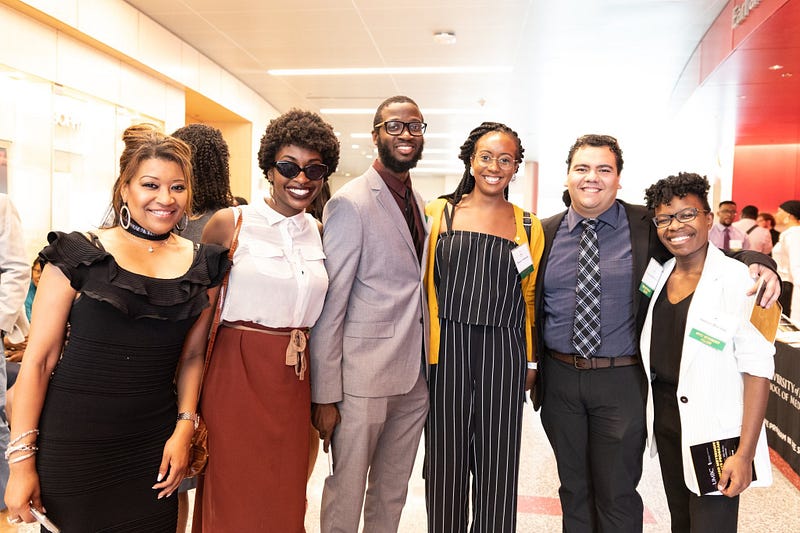
What advice do you have for other folx who don’t have STEM degrees and want to contribute to building a more welcoming, just and equitable STEM enterprise?
Dismantling this system that has perpetuated the pervasive historical and cultural norms of what someone in STEM should “look like” would be a great start. The gender norms associated with certain careers are engrained in young people at an early age with images they see of scientists, astronauts, engineers, etc.
Parents and educators can ensure adequate access to activities, books and people that can provide education and guidance. Supporting and cultivating their interests can lead to a STEM enterprise where girls/women/non-binary people of color are not just embraced for their talents but leading and recruiting others like them to be a part of the changing face of STEM.
The issue surrounding health disparities is quite salient during the COVID-19 pandemic and is another demonstration of the necessity to achieve diversity in STEM.
How has the COVID-19 pandemic affected your thoughts about how BI[W+NB]POC form their STEM identities and interests, if at all?
While the COVID-19 pandemic has changed our existence and how we live in so many ways, it has substantiated the many inequities in our society. The issue surrounding health disparities is quite salient during the pandemic and is another demonstration of the necessity to achieve diversity in STEM.
Women are a minority in STEM disciplines and those from diverse backgrounds tend to encounter additional barriers that seem to discourage them from achieving their scientific aspirations. The COVID-19 pandemic is a time for resilience and perseverance, ensuring that STEM has a robust heterogeneous research workforce that balances the spectrum of interests and ensures sufficient representation of marginalized groups.
Do you have any woman of color in STEM sheros? Who and why?
There a number of women of color that have made significant contributions to STEM that I could choose. When I think of this question, the one person that comes to mind is someone that I crossed paths with during my job. We invited Dr. Yvonne Maddox, to our campus in 2016 to speak at an event sponsored by our under-represented students. The event entitled, “Stepping Up to the Plate: Under-represented Scientists Who Have Set the Example”, was for Black History Month. I remember how she was so personable and provided thoughtful insight to the students. She had a commanding presence that was equally calming. Her presentation and the fact that she took the time to get to know the students and their interests at the end was very impressive to me.
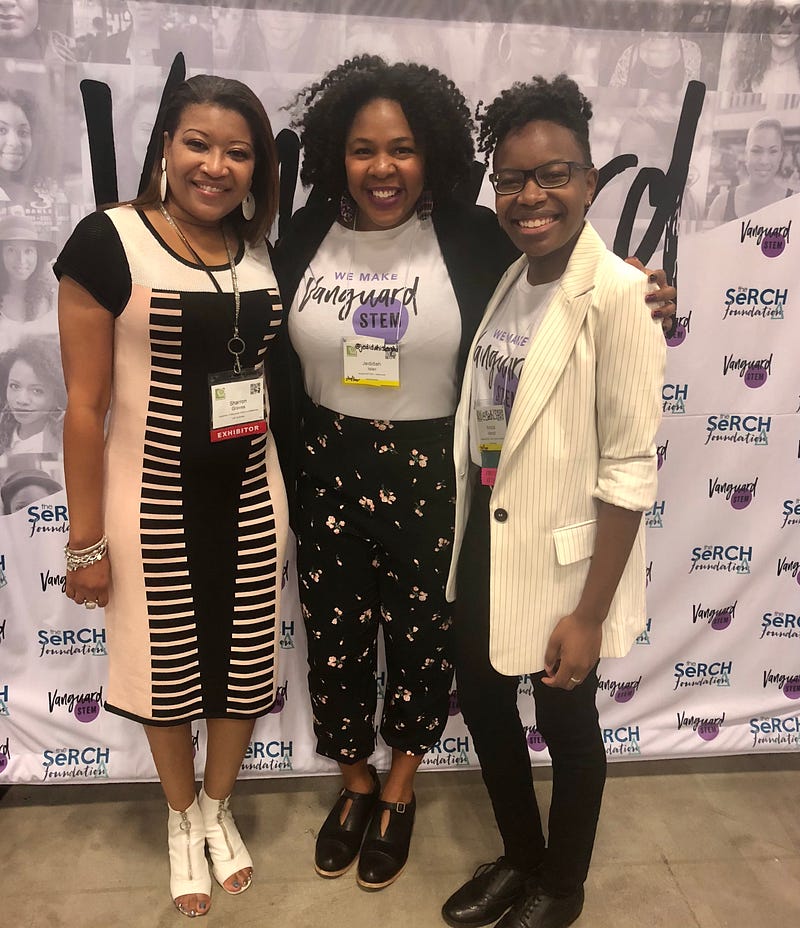
Why do you think it’s important to highlight women and non-binary people of color in STEM?
It is important to highlight women of color and non-binary people of color in STEM because they represent hope and possibility. They break barriers and raise the bar. They allow young people of color to dream big and know that their dreams are achievable. Women of color and non-binary people of color in STEM are to be celebrated as their obstacles are unique and often endured in silence, yet they persevere and achieve great success. The examples they set should be highlighted.
It is important to highlight women of color and non-binary people of color in STEM because they represent hope and possibility. They break barriers and raise the bar. They allow young people of color to dream big and know that their dreams are achievable.
What else are you passionate about?
I love to read and write. One of my preferred pastimes is going out to dance. In the ’80s, I watched a lot of music videos that made me want to be in a new wave band. I admittedly cannot sing, so dancing seemed like the next best thing. At the present time, my dancing music genre of choice is hip hop. It is difficult to listen to music sometimes without wanted to get up and dance. When I want to take a break from a stressful day, I turn on the music in my playlist and start choreographing my own hip-hop dance routines.
What is your hope/vision for Black futures as it relates to your work?
I hope we are on our way to making significant strides in diversity, equity and inclusion in STEM. There seems to be a willingness to implement change, but I believe it requires organized (achievable) action plans with measurable outcomes. The process will take time and require education, communication and understanding, but it will lead to a shift in the culture over time. I hope these improvements encourage more women of color to decide on STEM careers and that their experiences are positive as a result of a shifting landscape of support.
I am currently pursuing my doctorate in business administration and my thesis focuses on organizational diversity, specifically pertaining to women of color in the workplace. As I review literature surrounding the issues women of color experience, I realize how far we have come, yet there is compelling evidence there are still obstacles.
This article was originally published on February 12, 2021 on VanguardSTEM.com as part of our #FutureFridays series.
If you enjoy our original content, consider donating to our parent not-for-profit, The SeRCH Foundation, Inc., to help support this work.
